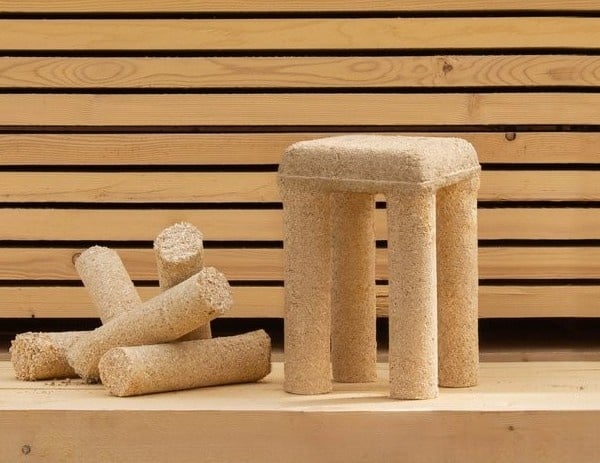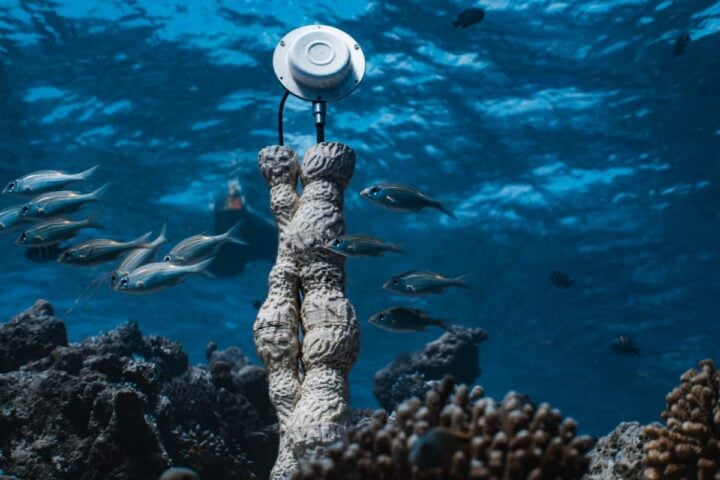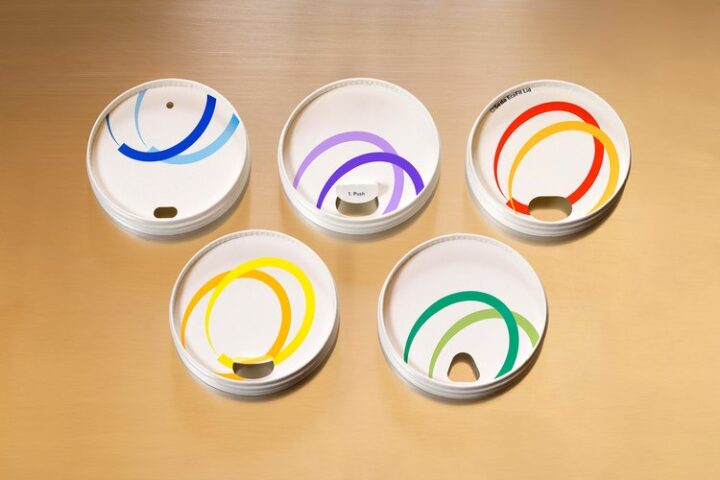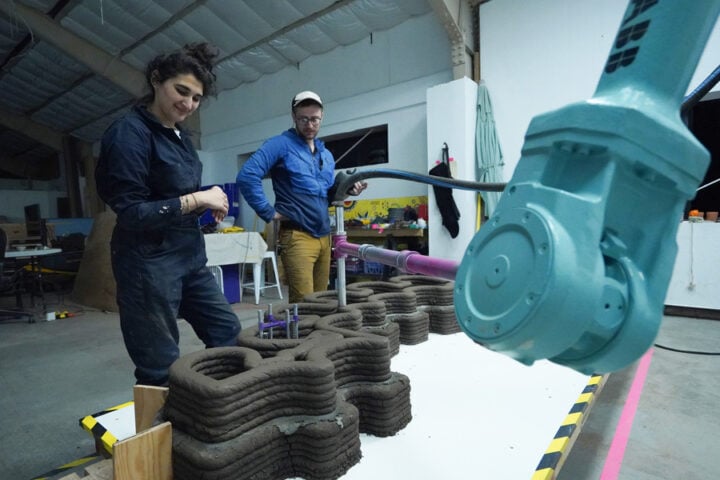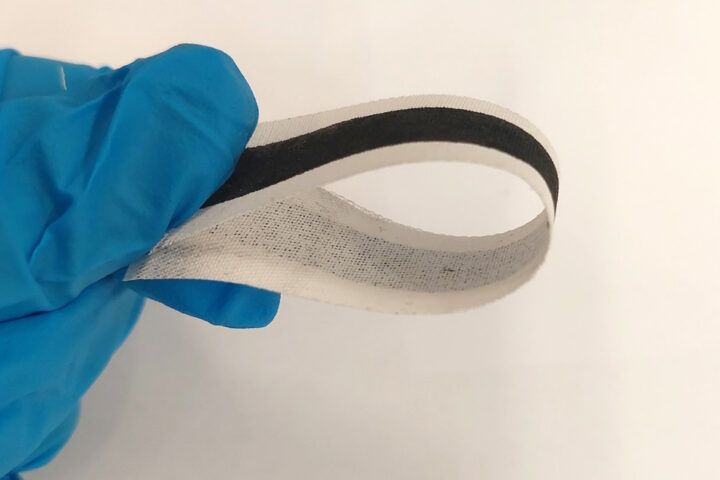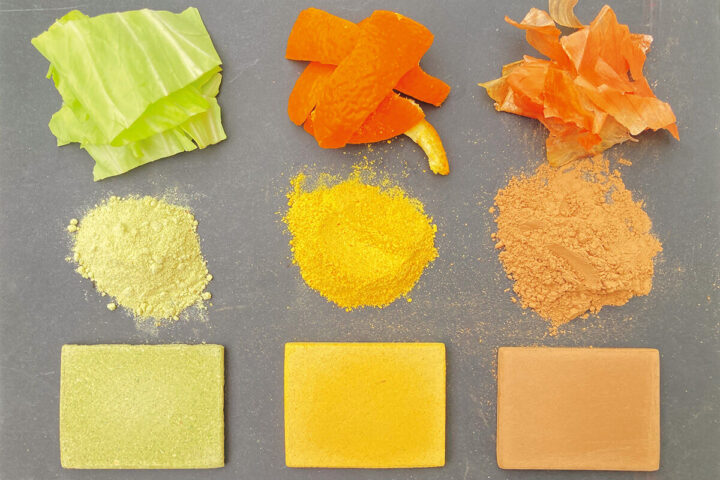The global water crisis affects billions while discarded tires pile up in landfills worldwide. A team at Dalhousie University has connected these seemingly unrelated problems with an innovative solution: a floating solar desalination device that turns seawater into drinking water using materials derived from waste tires.
Turning Waste Tires into Water Purification Technology
Researchers at Dalhousie University have developed a portable, solar-powered water desalination system with an unexpected key component: pyrolytic char derived from used tires. This floating solar still can both desalinate water and potentially generate small amounts of thermoelectricity, as detailed in the open-access journal iScience.

“We shouldn’t be making an expensive or very complicated device,” explains Dr. Mita Dasog, associate professor of chemistry at Dalhousie and Killam Memorial Chair. “It has to be easy to manufacture, last for a long time, and be easy to take apart and move.”
The device emerged from research in refractory plasmonics, which focuses on creating stable nanomaterials that efficiently capture light and convert it to heat under harsh conditions. Rather than using expensive precious metals like gold or silver typically employed in plasmonic materials, the team sought more accessible alternatives.
Through a process called pyrolysis—heating carbon waste at high temperatures without oxygen—the researchers created pyrolytic char that can be incorporated into plasmonic titanium carbides. Among various carbon waste sources tested (including coffee grounds and lobster shells), tire rubber emerged as the top performer.
The researchers’ choice of tires addresses another environmental challenge: the billions of non-biodegradable tires currently in landfills globally. These tires take hundreds of years to decompose and represent a significant waste management problem.
How the Solar Still Works
The functioning of the device is elegantly simple yet effective:
- A wicking system draws seawater up to the device’s foam surface, where a paper-thin layer of the tire-derived plasmonic material sits
- This material, kept insulated from cold ocean water, efficiently absorbs sunlight and converts it to heat
- The heat causes water to evaporate, leaving salt and contaminants behind
- The pure water vapor condenses on the clear plastic dome covering the device
- The condensed freshwater runs down the sides into a sealed collection bag
Tests conducted in real-world conditions in Halifax Harbour produced remarkable results: daily water yields of up to 3.67 liters per square meter—a record-breaking amount for a passive floating solar still. The device simultaneously desalinates, disinfects, and decontaminates water at a cost of less than one cent per liter.
Similar Posts
“Maximizing the use of sunlight means our plasmonic solar still can generate large amounts of water while maintaining a simple design,” says Dr. Matthew Margeson, who conceptualized and developed the still as a PhD student. “It’s exciting to showcase the effectiveness of the still on a real-world scale and prove that this type of device has the potential to bring freshwater to places that desperately need it.”
Technical Performance and Environmental Benefits
The solar-to-vapor conversion efficiency in outdoor conditions reaches approximately 40%—significantly higher than conventional passive solar stills. The estimated total material cost for constructing one device is about $5, with water production costs of $0.0086 per liter.
The device can also be modified to generate thermoelectricity, which could power on-board water quality sensors without external power sources.

From an environmental perspective, the technology delivers dual benefits:
- It provides clean drinking water using only solar energy
- It upcycles waste tires, diverting them from landfills where they would otherwise contribute to pollution
“This research perfectly aligns with the theme of Circular Economy Month by turning used tires into a crucial component of a water desalination device,” notes Dr. Dasog.
Future Deployment
Looking ahead, the researchers plan further testing in South Asia next summer, targeting regions with high solar irradiance and significant water scarcity.
“Water is such a basic requirement for survival, so our hope is to be able to help communities like these,” Dr. Dasog explains, highlighting the potential benefits for communities displaced by conflict or climate change who struggle to access resources.

The device’s portability, low cost, and reliance on readily available waste materials make it particularly suitable for deployment in developing countries or remote areas lacking infrastructure for traditional desalination methods.
Through rigorous testing and continued development, this technology represents a practical approach to addressing water scarcity while simultaneously tackling waste management challenges—transforming what was once considered trash into a tool for providing one of life’s most essential resources.





